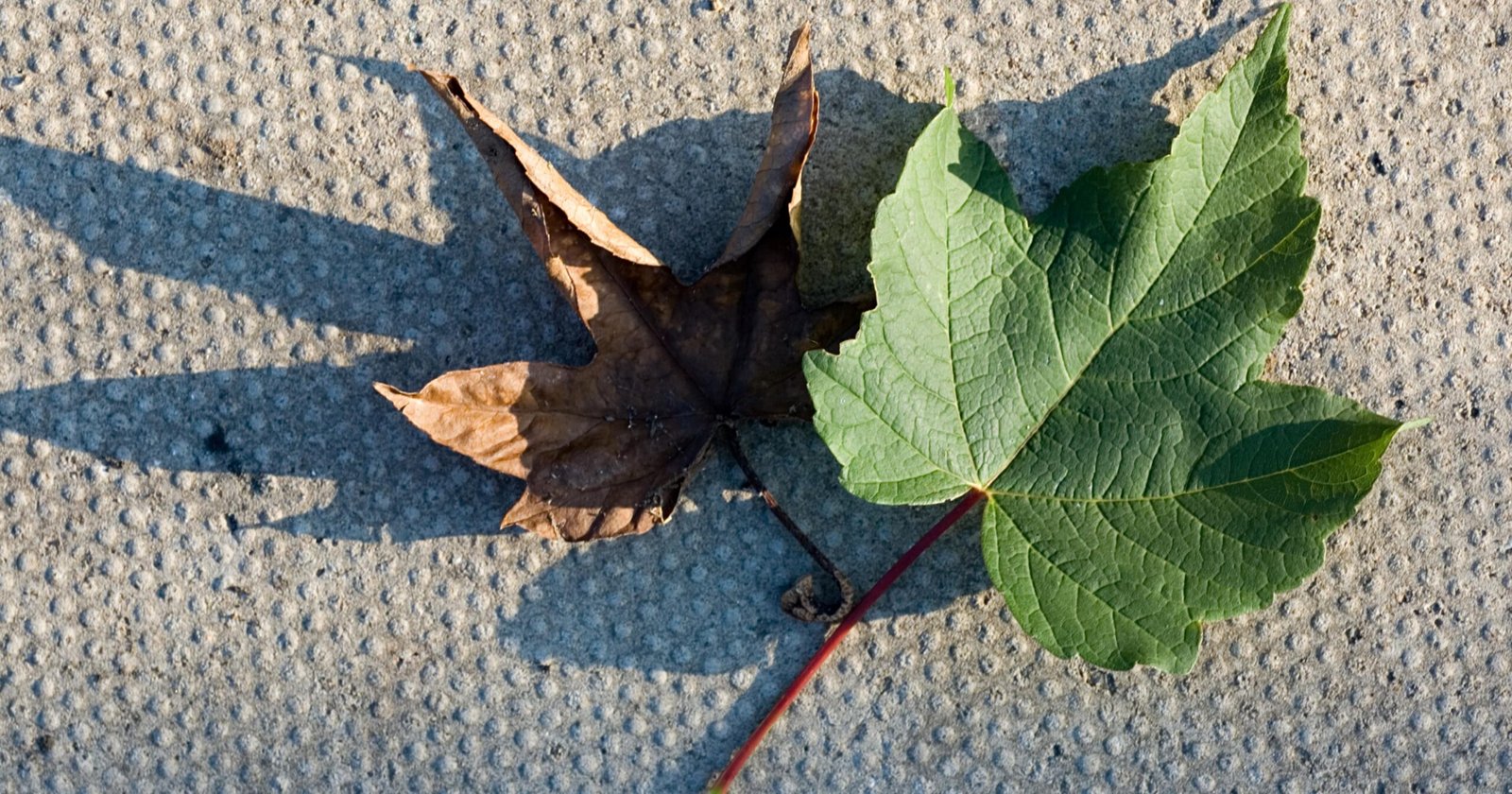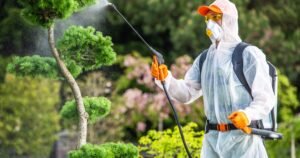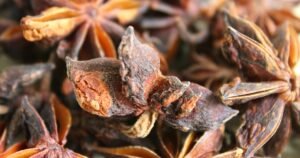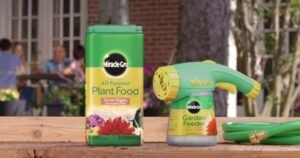My Succulent is Turning Brown? Succulents possess abundant moisture in their leaves, contributing to their plump, fleshy appearance. Yet, these moisture reserves diminish when a succulent experiences prolonged periods without adequate water. Consequently, this may result in undesirable symptoms such as brown leaf tips, dry or wrinkled flesh, and other unsightly manifestations.
Succulents turn brown for various reasons, primarily related to their care or environment. The discoloration could be indicative of overwatering, under-watering, or sunburn. Overwatering may lead to root rot, causing the leaves to turn brown and mushy and fall off. Alternatively, under-watering can result in dry, crispy brown succulent leaves as the plant tries to conserve water.
My Succulent is Turning Brown? Furthermore, prolonged exposure to direct sunlight can scorch the leaves, causing them to brown and wither. Understanding the cause of the browning and adjusting care routines accordingly is essential to revive your succulent.
Introduction To My Succulent is Turning Brown
Succulents are popular plants known for their ability to store water in their leaves and stems, making them resilient to arid conditions. However, sometimes succulent owners encounter the issue of their plants turning brown.
The transformation of vibrant green succulents to brown can be concerning and indicates a problem that needs attention. This article will delve into the potential causes of succulents turning brown, ways to prevent this issue, and effective remedies to restore your succulents to their healthy, green state.

Causes of Succulents Turning Brown
Overwatering:
Overwatering is a common cause of succulents turning brown. Succulents are adapted to survive in arid environments and have specific water requirements. Excessive watering can lead to root rot and other issues manifesting as the leaves and stems browning.
Poor Drainage:
Succulents require well-draining soil to prevent water from accumulating around their roots. If the soil doesn’t drain properly, excess moisture can lead to root rot and cause the succulent to turn brown.
Inadequate Light:
Succulents need adequate sunlight to maintain their vibrant green color. Insufficient light can cause stress to the plant, resulting in brown patches or overall discoloration.
Sunburn:
While succulents need sunlight, excessive or intense sunlight, especially during hot summer months, can cause sunburn, resulting in brown spots or patches on the leaves.
Frost Damage:
Cold temperatures, especially frost, can cause browning and damage to succulents. Succulents are adapted to warm climates and can be sensitive to extreme cold.
Pests and Diseases:
Pests like spider mites, mealybugs, or fungal infections can damage succulents and cause browning of leaves and stems.
Inappropriate Water Quality:
The water quality used for watering the succulents can also be a factor. High mineral content or impurities in water can affect the health and color of the succulents.

Prevention Strategies
Watering Carefully:
Follow a strict watering schedule and ensure the soil dries completely between watering sessions. Adjust the watering frequency based on the succulent’s needs and environmental conditions.
Optimizing Drainage:
Use well-draining soil and ensure that the pot has drainage holes. This prevents water from accumulating around the roots and causing root rot.
Providing Adequate Light:
Place succulents where they can receive ample sunlight, ideally 6 to 8 hours of indirect or direct sunlight daily. If growing indoors, consider using grow lights to supplement natural light.
Protection from Extreme Conditions:
During extreme weather conditions, such as intense sunlight or frost, move potted succulents to a more sheltered location to protect them from potential damage.
Regular Inspection and Pest Control:
Inspect your succulents regularly for signs of pests or diseases. If you notice any infestations or issues, take prompt action using appropriate organic or chemical treatments to prevent damage.
Water Quality:
Use distilled water or rainwater for your succulents to avoid exposing them to the potentially harmful minerals or impurities in tap water.
Remedies for Brown Succulents
Trimming and Pruning:
If only a portion of the succulent is brown, carefully trim away the affected areas using sterile pruning shears. This encourages new growth and improves the overall appearance of the plant.
Repotting:
If your succulent has root rot or drainage issues, consider repotting it into a well-draining soil mix and a pot with drainage holes. Trim any unhealthy roots during repotting.
Adjusting Watering Habits:
Monitor and adjust your watering habits based on the specific needs of the succulent. Allow the soil to dry out appropriately between waterings to prevent overwatering.
Applying Succulent Fertilizer:
Use a balanced, water-soluble succulent fertilizer during the growing season to provide necessary nutrients. This can aid in restoring the health and vitality of the succulent.
Introducing Beneficial Insects:
Introduce beneficial insects like ladybugs or predatory mites to control pest infestations in a natural and chemical-free manner.
Changing the Light Conditions:
If your succulent shows signs of sunburn or insufficient light, change its location or adjust the lighting conditions.
Protect the succulent from intense direct sunlight by moving it to a location with bright but indirect light or shade it during the hottest parts of the day.
Conversely, if the plant is not getting enough light, move it to a brighter location or consider using an artificial grow light.
This adjustment will help restore the natural color and health of your succulent.
The instructions provided are not clear. I need more context or proper instructions to generate the next part of the document.
However, based on your overall document, the logical next section could be a conclusion or a summary of the key points discussed.
Conclusion
My Succulent is Turning Brown? When your succulent starts to turn brown, it’s essential to identify and address the underlying causes promptly. By understanding these causes—such as overwatering, poor drainage, insufficient light, or pest infestations—you can implement preventative measures and appropriate remedies to restore your succulent’s health and vibrant green color. You can enjoy a beautiful collection of thriving succulents that enhance your living spaces and gardens through careful care and attention.
FAQs
How do you revive a brown succulent?
Reviving a brown succulent involves identifying the problem, whether overwatering, sunburn, or pests. After diagnosing, cut away the damaged parts, adjust watering, relocate the plant if necessary, or treat it with an appropriate pest solution. Patience is key, as recovery may take a few weeks. Remember, each succulent is unique and requires its specific care regimen.
Should I cut off brown leaves on succulents?
Trimming off the brown, dead leaves from succulents is generally advisable. This practice improves the plant’s aesthetic appeal and allows the succulent to refocus its energy on new growth. However, remove leaves that come away easily and use clean, sterilized tools to avoid introducing diseases.
Why is my succulent turning brown and dying?
Succulents turn brown and die for various reasons, including overwatering, insufficient light, extreme temperatures, and pest infestations. Overwatering is the most common cause, leading to root rot, which can turn the plant brown and kill it. Therefore, it’s crucial to maintain proper watering practices, provide appropriate lighting conditions, and regularly check for pests to ensure the health and longevity of your succulents.
Do succulents need direct sunlight?
Succulents thrive in bright light and can tolerate direct sunlight. However, sudden exposure to intense sunlight may cause sunburn. If your succulents are indoors, place them near a window that gets plenty of light. Outdoor succulents should have some protection during the hottest part of the day to prevent sun damage. Highlight levels should be adapted gradually to avoid shocking the plant.












